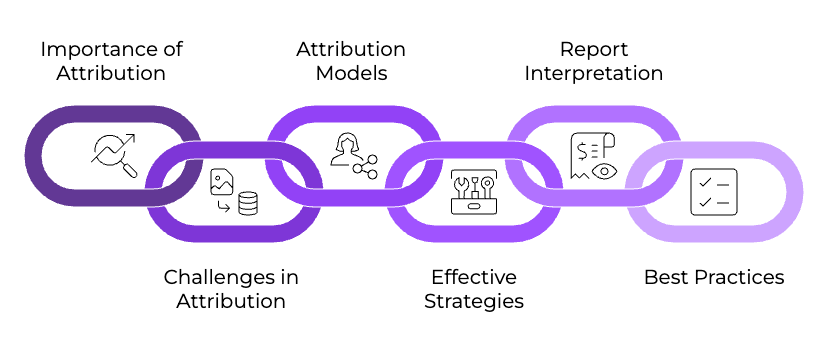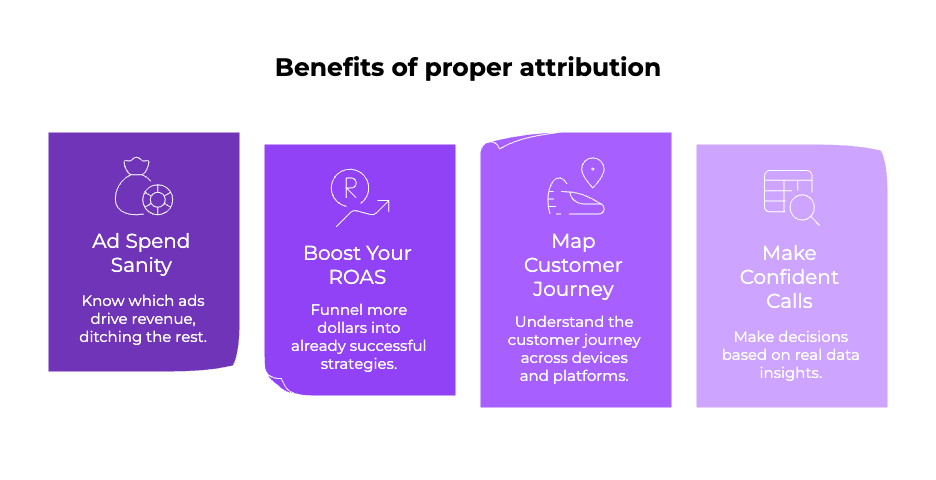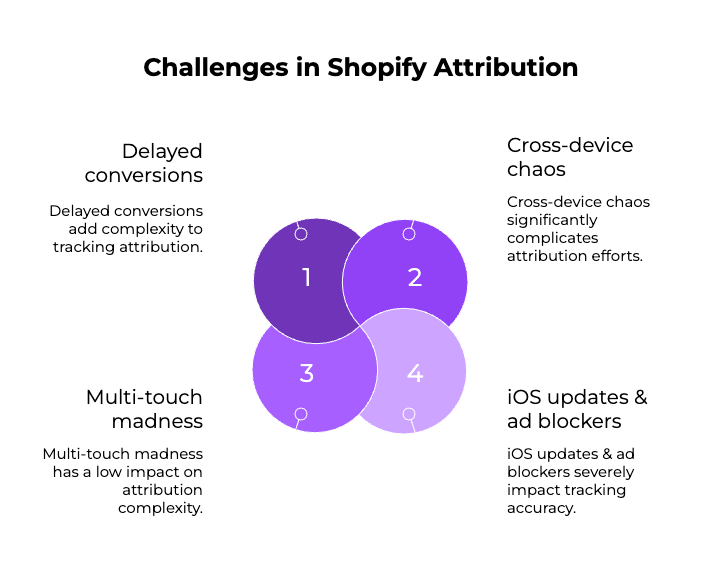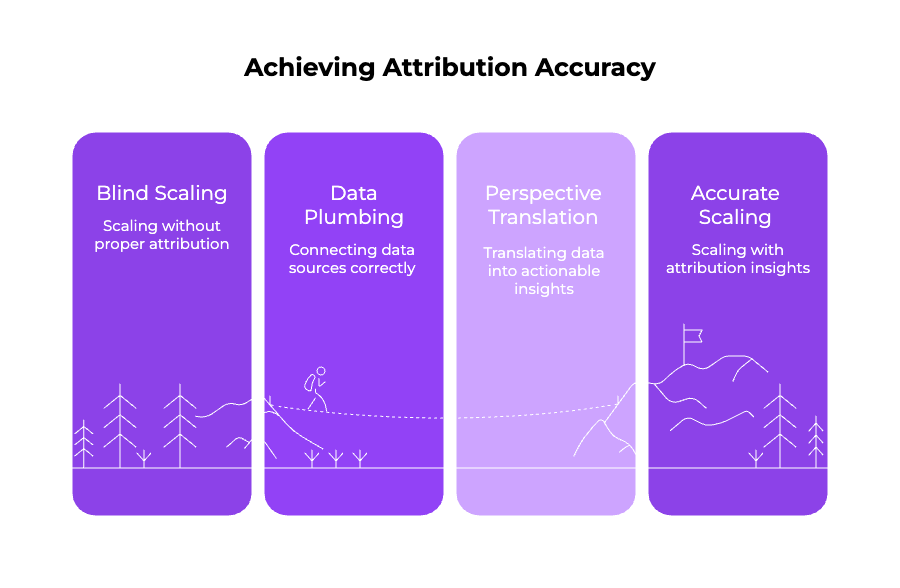The Unfiltered Guide to Shopify Attribution (That Actually Helps You Scale)
Let’s cut to it. If you’re running a Shopify store, you’re probably hemorrhaging ad spend and barely scratching the surface of what your data could tell you. Attribution isn’t just a buzzword. It’s the difference between scaling profitably and blindly setting fire to your budget. And no, Facebook’s pixel isn’t cutting it anymore.

Welcome to your brutally honest guide to marketing attribution, tailored for real-world Shopify stores.
Why Shopify Attribution Actually Matters
Think of attribution like a relationship therapist for your ad strategy. It tells you what’s working, what’s not, and who’s just taking credit without doing the work.

Here’s what proper attribution unlocks:
- Ad Spend Sanity: Know exactly which ads are driving revenue.
- Boost Your ROAS: Funnel more dollars into what’s already working.
- Map the Real Customer Journey: Cross-device, cross-platform, cross-your-fingers, it’s all there.
- Make Confident Calls: Gut feeling is great; real data is better.
Why Attribution Feels Broken in Shopify (Because It Kinda Is)

Most tracking setups get wrecked by modern realities:
- iOS updates & ad blockers: They torpedo pixel-based tracking.
- Cross-device chaos: One user, five devices, no clarity.
- Delayed conversions: A click today might buy next week, good luck connecting those dots without help.
- Multi-touch madness: People bounce between channels like they’re dodging ads (because they are).
Attribution Models 101 (Minus the Fluff)
| Model | How It Works | Best For |
|---|---|---|
| Last Click | All credit to the final touch | Easy wins, quick reads |
| First Click | All credit to the intro | Awareness campaigns |
| Linear | Equal credit to each step | Multi-channel journeys |
| Time Decay | More credit to recent touches | Retargeting funnels |
| Position-Based | 40% to first, 40% to last, 20% to the rest | Balanced storytelling |
| Data-Driven | AI decides based on actual behavior | High-volume, serious growth |
Spoiler: If you’re still using last click as your holy grail, you’re leaving money on the table.
Shopify Attribution Done Right (Finally)
You don’t need to be a data scientist, but you do need a system built for the messiness of real e-commerce. Here’s what that looks like with tools like Trackity:

1. Double Down with Dual-Layer Tracking
Pixels alone are toast. You need both:
- Client-Side: Track product views, add-to-carts, checkouts.
- Server-Side: Capture conversions via Shopify webhooks, event APIs (Kafka, Pub/Sub, etc.)
This hybrid model dodges ad blockers and catches what pixels miss.
2. Catch Every Click, View, and Whisper
Seriously: Track everything:
- UTM parameters
- Click IDs (gclid, fbp, ttp… if it has an acronym, track it)
- Email, phone, IP, device ID
- Every. Single. Funnel. Step.
3. Plug Into Every Platform You Touch
Integrate cleanly with:
- Google Ads (Enhanced Conversions API)
- Meta (CAPI)
- TikTok (Events API)
- GA4, Klaviyo, and others via one-click integrations.
4. Use a Purpose-Built Tool (Like Trackity)
No-code. No BS. Just results:
- Redundant tracking layers
- Real-time dashboards
- Shopify-first design
- Setup in 5 minutes or less
Reading Attribution Reports Like a Pro
Don’t get stuck chasing last-click vanity. Look for:
- Assisted Conversions: Some campaigns are closers, others are door-openers. Both matter.
- Model Comparisons: Run multiple models side-by-side.
- Lag Awareness: Know how long your buyers take to pull the trigger.
- Channel Segments: Break it down by source to spot waste and gold.
Shopify Attribution: Best Practices to Tattoo on Your Brain
- Tag everything with UTM parameters
- Pipe all your data into one dashboard
- Segment new vs. returning users
- Use both client and server tracking
- Audit your funnel monthly
- Never trust just the native ad platforms (they always over-credit themselves)
Bottom Line
If you’re not doing attribution right, you’re scaling blind. The data’s already there, it just needs the right plumbing and perspective. Tools like Trackity don’t just track; they translate the chaos of digital behavior into action you can actually use.

Want to see how attribution accuracy jumps over 99% with Trackity? Try our platform for free.

